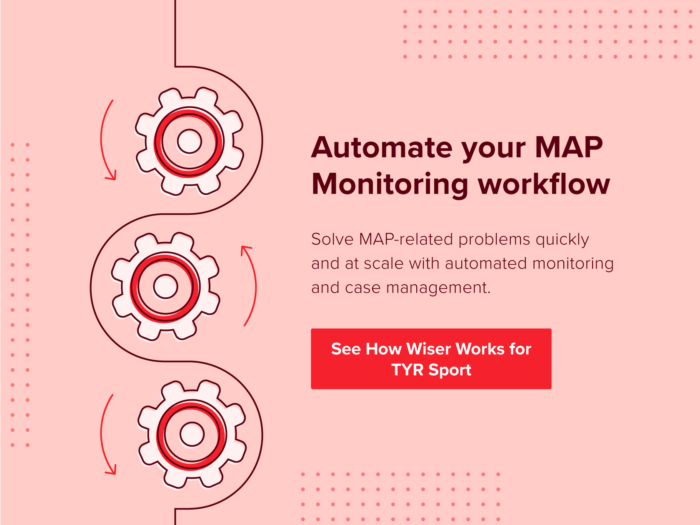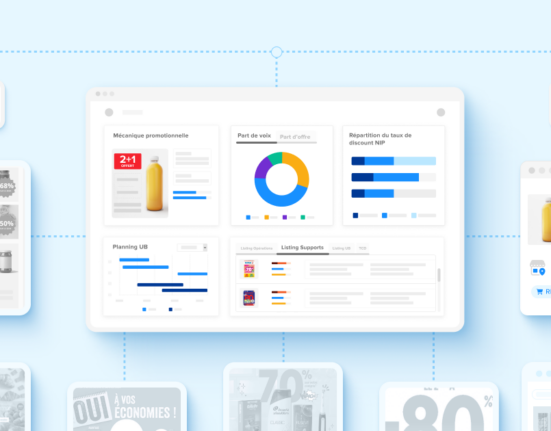Price management. Sounds fun, right? Regardless of your expertise and sophistication around pricing (you might be an analyst type who does actually think price management sounds fun), setting the right price on a product your company builds from scratch is incredibly important.
Does Pricing Really Affect your Brand Image?
Pricing is one of the most important considerations for customers when they look into your brand’s products. What they find can influence their current and future purchases for the worse, or for the better.
Finding the right niche for your brand’s pricing can be difficult. Prices that are too low may negatively alter the consumer perception of your brand, viewing it as “cheap” in quality. High prices can make your products seem high-end and high-quality, but too expensive and you’ll lose out on profits from people who can’t afford it.
Pricing isn’t the end-all-be-all for your brand’s image but finding that sweet spot can be a real game-changer.

Why is Brand Protection Important?
Prices impact brand reputation and color all your relationships with retail partners. Naturally, pricing is also a core factor behind any purchasing decision from consumers and can make or break a successful product. Therefore, you want the price to add value to your brand, but you don’t want to scare retailers away from selling your products if your pricing strategies are unrealistic.
Keep Your Pricing Flexible
This is a tip for all the startups, emerging brands, and new product launches: Your prices shouldn’t stay the same!
It’s easy to create a pricing policy for a new product or service and then set it and forget it, especially if you get some strong sales returns at the beginning. However, this can be problematic later, as your brand matures and your product gains market share. That price at the start might not be the right price for an established brand, a popular product, or in response to new competition.
That’s why it’s a must to be flexible with your pricing strategies in order to protect your brand. As your brand ages, you’re going to want to make sure your prices are in line with your brand’s value. This is because it’s hard to protect your brand in this hyper-competitive retail landscape. Resellers are constantly slashing prices to win sales, so you need to build pricing strategies to protect your brand against rampant price wars.
Focus on creating pricing policies for each stage of your product lifecycle and stay on top of competitive and market trends in order to make educated decisions about the future of your products—and your brand.
Pick Your Policy: UPP and MAP
When it comes to brand protection and pricing, two policies immediately come to mind: Unilateral pricing policies (UPP) and minimum advertised price policies (MAP).
UPP is all about the brand setting the price of a product and preventing resellers from adjusting that price in any way—either through discounts, incentives, rebates, and the like—and unilaterally adjusting those prices without input from any retailer. MAP is an agreement between brand and retailer to only advertise a product at or above a certain price. Whether it is sold at or above that price is another story, and this gives resellers flexibility to mark down a product if they desire.
Either of these policy types ensure that your merchandise is being sold at a price your brand is comfortable with and protects your image by presenting a united front across all sellers.
Follow These Steps with Your Pricing Policy
Regardless of whether you opt for UPP or MAP, there are a few steps you should follow as you build out a policy and roll it out to your resellers. These steps include planning, implementing, monitoring, and enforcing.
Planning
A lot of the work comes down to your vertical and your type of brand. For instance, a value brand is not always going to want to follow the same strategy as a luxury brand. Before understanding your flexibility with your prices, you need to learn your demand elasticity. Understanding how consumers react to your price changes can help you optimize your prices in the future. This will lead to a strong pricing strategy that will protect your brand.
Implementing
Make sure you have the policy in writing and that you’ve shared it with all resellers equally—don’t favor one retailer over another. Now is also a good time to loop in any legal help to ensure your policies don’t run afoul of any laws. It’s a good call to have a dedicated person or team inside your company who handles all this, as you don’t want miscommunication to create problems with implementation. Dedicated stakeholders, getting the policies in writing, consulting legal, and sharing policies equally will go a long way to a seamless implementation.
Monitoring and Enforcement
Now’s a good time to investigate any solutions providers (like Wiser Solutions and our Brand Intelligence Solution) that can help you track prices and market conditions across your online and in-store channels. Unfortunately, retailers violate pricing policies frequently, and these violations can really hurt your brand’s image. Software can help you keep an eye on your entire reseller network. Automated monitoring can send you alerts as soon as your pricing policy is violated, and from there you can take action to make sure resellers don’t violate again.

Try a Few Brand-Focused Pricing Strategies
Lastly, certain pricing strategies can be better from a brand-protection perspective than others. For example, everyday low pricing might be just fine for a discount brand, but not great for a luxury brand. Not every pricing strategy fits with every brand.
Here are two that can help you protect your brand image:
No.1 Market Penetration Pricing
Market penetration pricing is a strategy in which a manufacturer introduces an item at a price that is relatively lower than competitors. That way you can draw eyes onto your brand as you’re introducing it. It’s useful for brands looking to establish a presence with high sales volume. Once you reach your desired sales volume, you can slowly increase your item’s price over time to make up for any margins you may have lost when introducing it.
This strategy is useful for brands looking to convey value with their prices. It can help you become known as a brand that is less expensive than the rest, and the low price will help you gain quite a bit of traction with consumers. But you must keep your distance from competitor prices for a while before you can increase yours again. It’s still important to own your value identity to keep customers and retailers loyal.
Brand protection can take many forms, but your pricing should always help present your brand the way that you want—and the way that you need to be seen by your customers.
No. 2 Market Skimming Pricing
Market skimming pricing is kind of the opposite of market penetration. When a brand is involved with market skimming, they price their products at the highest initial price that consumers will pay. From there, they will slowly start marking down their products over time to attract shoppers that aren’t willing to pay top dollar.
This strategy can be useful for a brand that is looking to establish a luxurious brand image. It will also work well in a vertical that generally charges high prices as well, that way you won’t stick out like a sore thumb. And if you wish to attract more price-conscious consumers, you can lower your price over time. However, if you wish to stay at the top of your price range, there are ways to make sure you maintain this brand identity.
Price is a huge influence on purchase decisions, and since retailers are trying harder and harder every day to stay competitive, they drop prices. This can hurt your brand, especially if you want your price to help influence your value. Creating strategic pricing policies can definitely help.
Brand protection can take many forms, but your pricing should always help present your brand the way that you want—and the way that you need to be seen by your customers.
Editor’s Note: Contributing writers are Brian Smyth, Matt Ellsworth, and Alexandria Flores. This post was originally published in October 2015 and has since been updated and refreshed for readability and accuracy.















